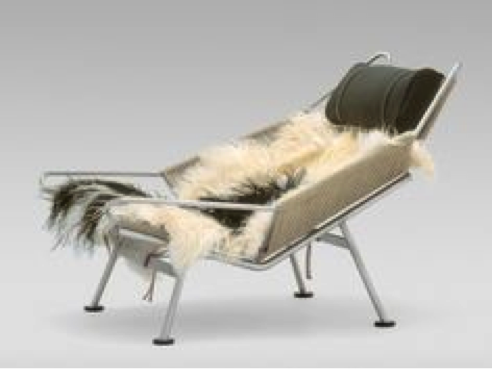Referencing
Clear and accurate referencing, using the correct referencing system, is an important aspect of tertiary academic writing.
The following links to a page explaining to the basics of Harvard referencing. You may have done referencing in previous courses. However, the expectations are higher at tertiary level in terms of how often you reference and how closely you need to adhere to the format.
For more information, visit What is referencing?
Activity
Read these two paragraphs from an essay. Select the correct reference to go with each quote or paraphrase. Click on the boxes to reveal the answer.
All design stems from something that came before, and attempts to incorporate the new to address new purposes and usually new aesthetics. These historical design elements can be shape, size, purpose or materials, but the key to change in design is increasingly linked to available and emerging technologies. As Ingram states, when using a new technology ‘a designer’s task is to help promote the possibilities that technology can deliver’. Designers inherently need to push the boundaries and reduce the costs involved in manufacturing, and technology is often the key to meeting these imperatives.
The availability of new materials was the catalyst for modernist design, particularly furniture design in Denmark. From the 1920s through to the 1960s, steel tubes, laminated moulded wood and plastic allowed designers to significantly alter the shape and manufacturing techniques of products . The Danish cabinet maker, then furniture designer and maker, Hans Wegner used tubular steel to create a radically new chair (see fig. 1) with a ‘seating position, which is neither fully upright nor fully reclined and which appears to have no precedence in furniture history’ . The semi-reclined seating position was to become a hallmark of modernist Danish design and has been a popularly adopted furniture design since.
All design stems from something that came before, and attempts to incorporate the new to address new purposes and usually new aesthetics. These historical design elements can be shape, size, purpose or materials, but the key to change in design is increasingly linked to available and emerging technologies. As Ingram [multiple choice 1: A. 2012; B. 2012 p 71; C. 2012:71] states, when using a new technology 'a designer’s task is to help promote the possibilities that technology can deliver'. Designers inherently need to push the boundaries and reduce the costs involved in manufacturing, and technology is often the key to meeting these imperatives. The availability of new materials was the catalyst for modernist design, particularly furniture design in Denmark. From the 1920s through to the 1960s, steel tubes, laminated moulded wood and plastic allowed designers to significantly alter the shape and manufacturing techniques of products [multiple choice 2: A. Dybdahl 2016; B. 2016:71; C. Dybdahl 2016:271]. The Danish cabinet maker, then furniture designer and maker, Hans Wegner used tubular steel to create a radically new chair (see Figure 1) with a ‘seating position, which is neither fully upright nor fully reclined and which appears to have no precedence in furniture history’ [multiple choice 3: A. Dybdahl 131; B. Dybdahl 2016:131; C. 2016, p. 131]. The semi-reclined seating position as depicted in the image below was to become a hallmark of modernist Danish design and has been a popularly adopted furniture design since.
Answers:Multiple choice 1: C
Feedback: In direct citations, both the date and page number are needed in the in-text references. As the author's name is already mentioned in the sentence, it is not needed in the in-text citation.
Multiple choice 2: A
Feedback: This is a paraphrase so the page number is not needed. The reference should just contain the author's name (as it is not mentioned in the sentence) and date.
Multiple choice 3: B
Feedback: As a direct citation in a sentence where the author's name is not mentioned, the in-text reference must have the author's surname date, page number. Check the punctuation in the reference.

Figure 1: Hans Wegner (1950) Flag Halyard Chair [photograph], Pinterest website, accessed 6 March 2017. http://www.fair-design.com/lounge/pp225-flag-halyard-chair
Reference list
Dybdahl L (ed) (2016) 101 Danish design icons, 2nd edn, Hatje Cantz, Berlin.
Wegner H (1950) Flag Halyard Chair [photograph], Fair Design website, accessed 30 September 2022. http://www.fair-design.com/lounge/pp225-flag-halyard-chair
Garner S and Evans C (eds) (2012) Design and designing: a critical introduction, Bloomsbury Publishing, London.
